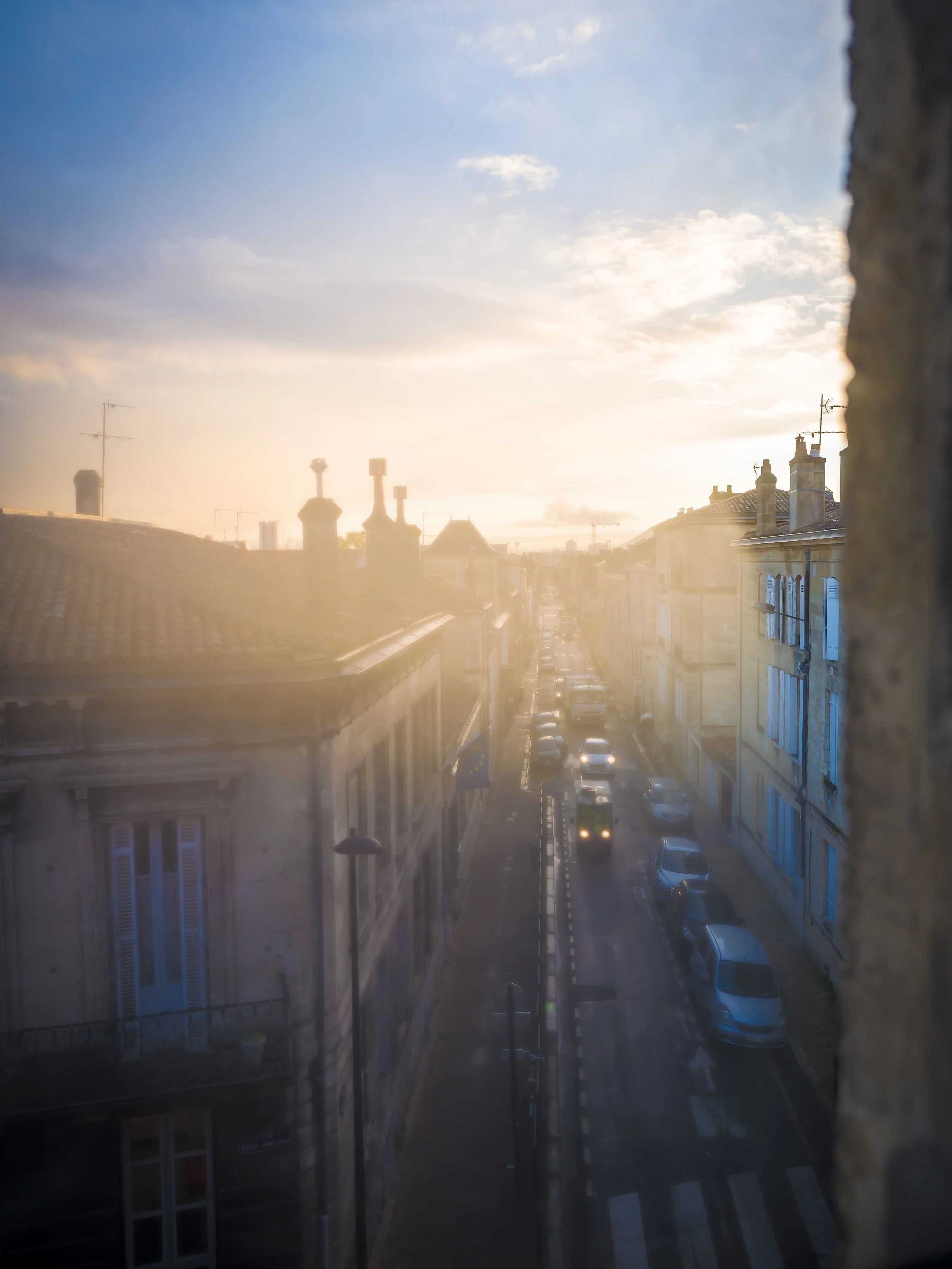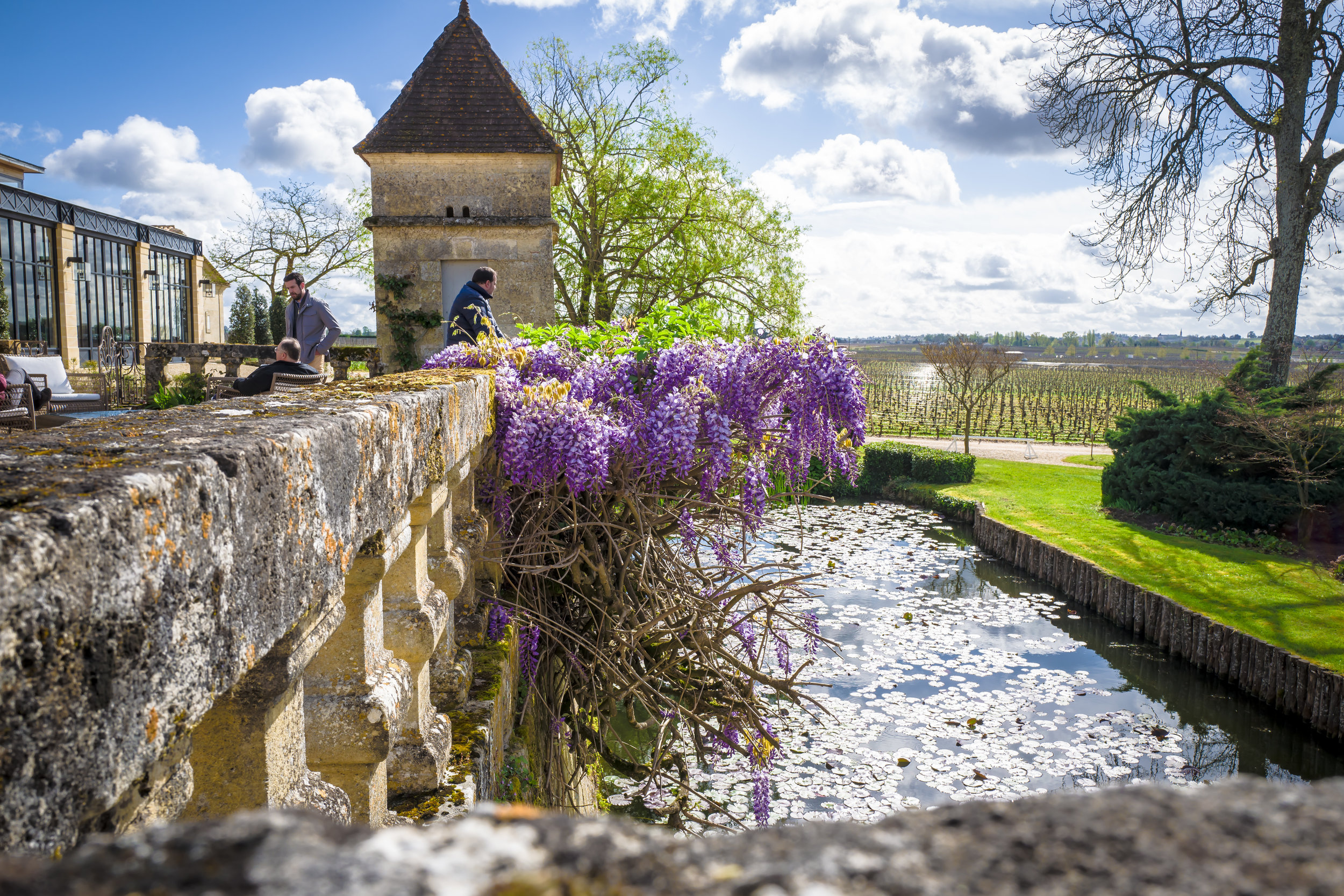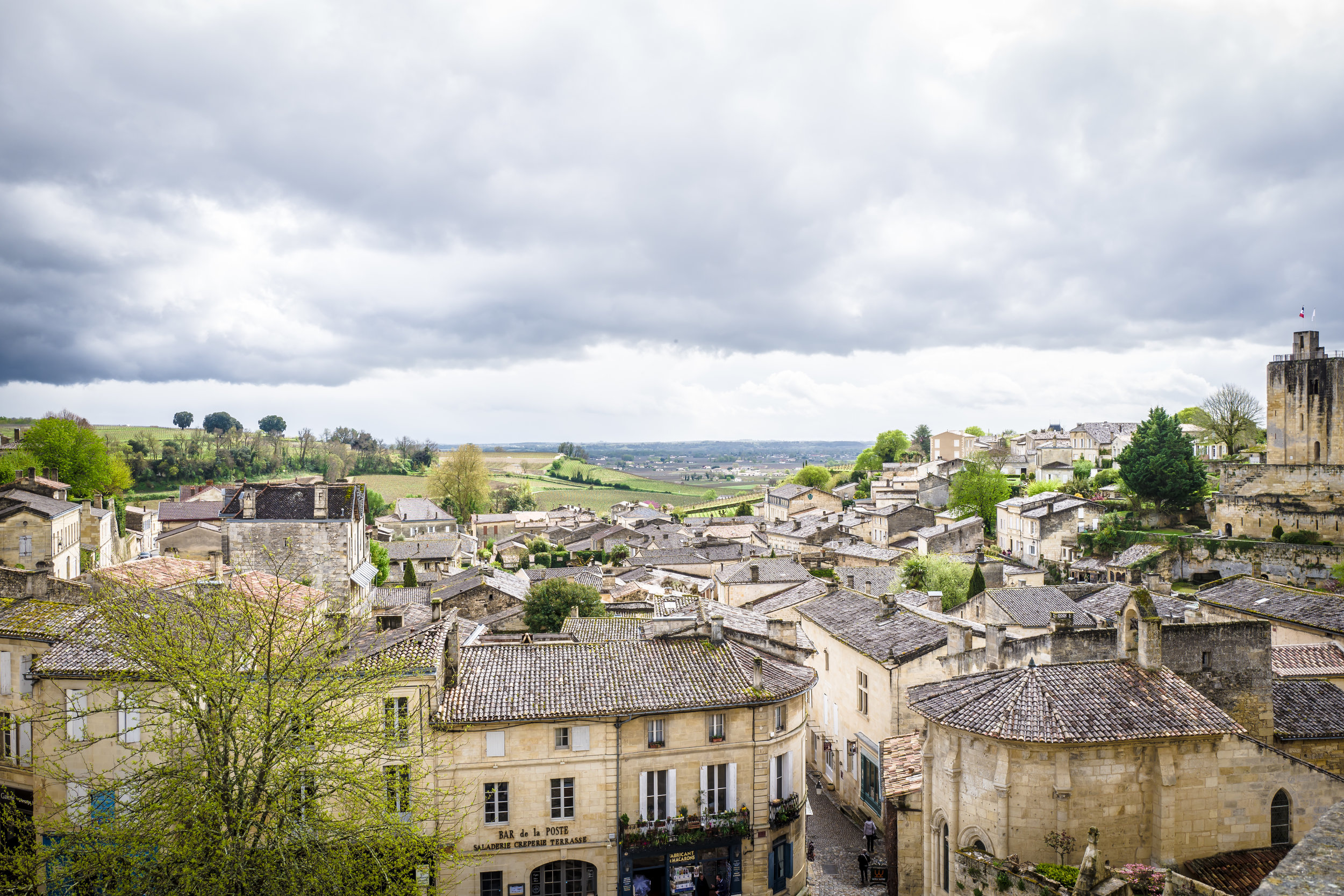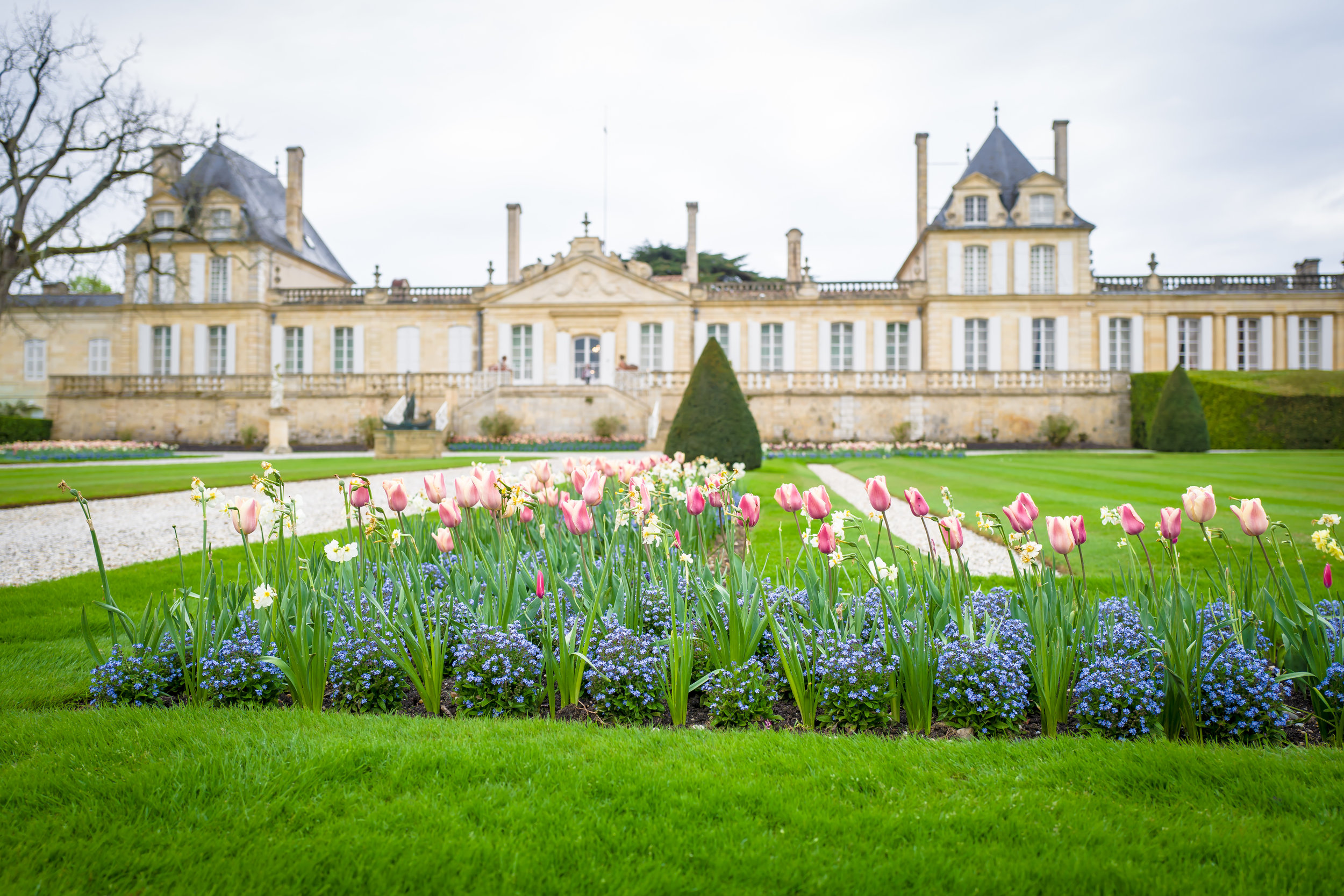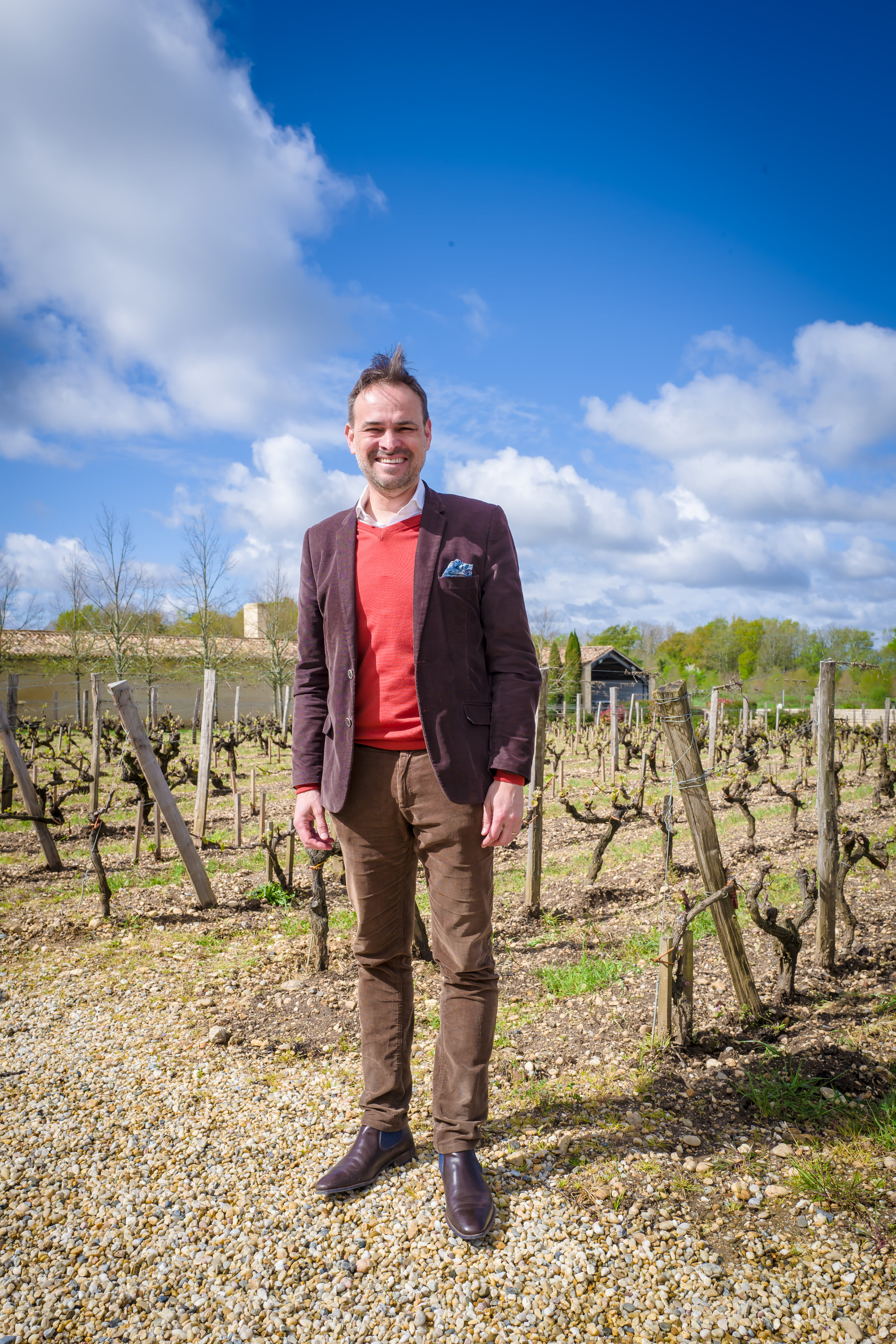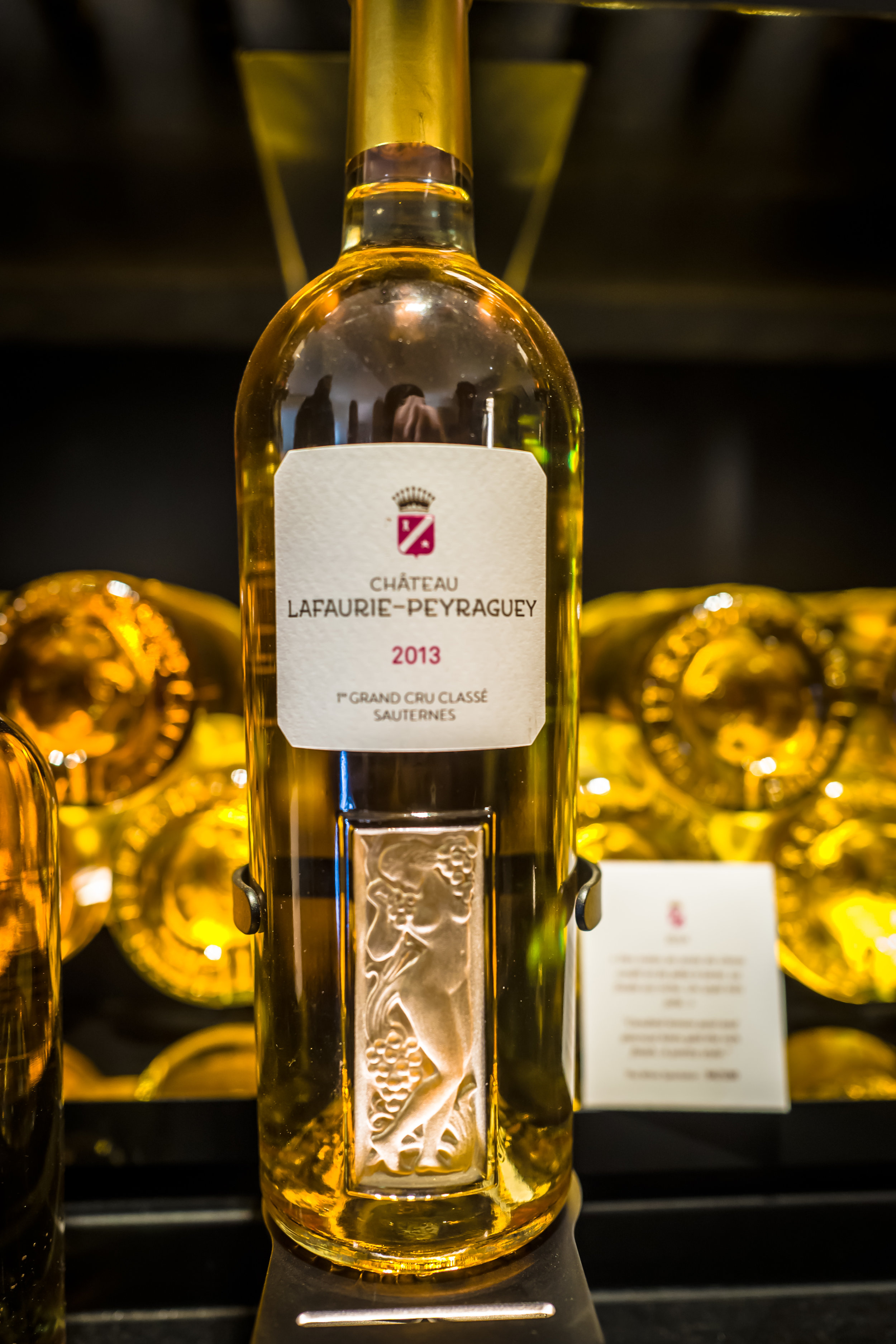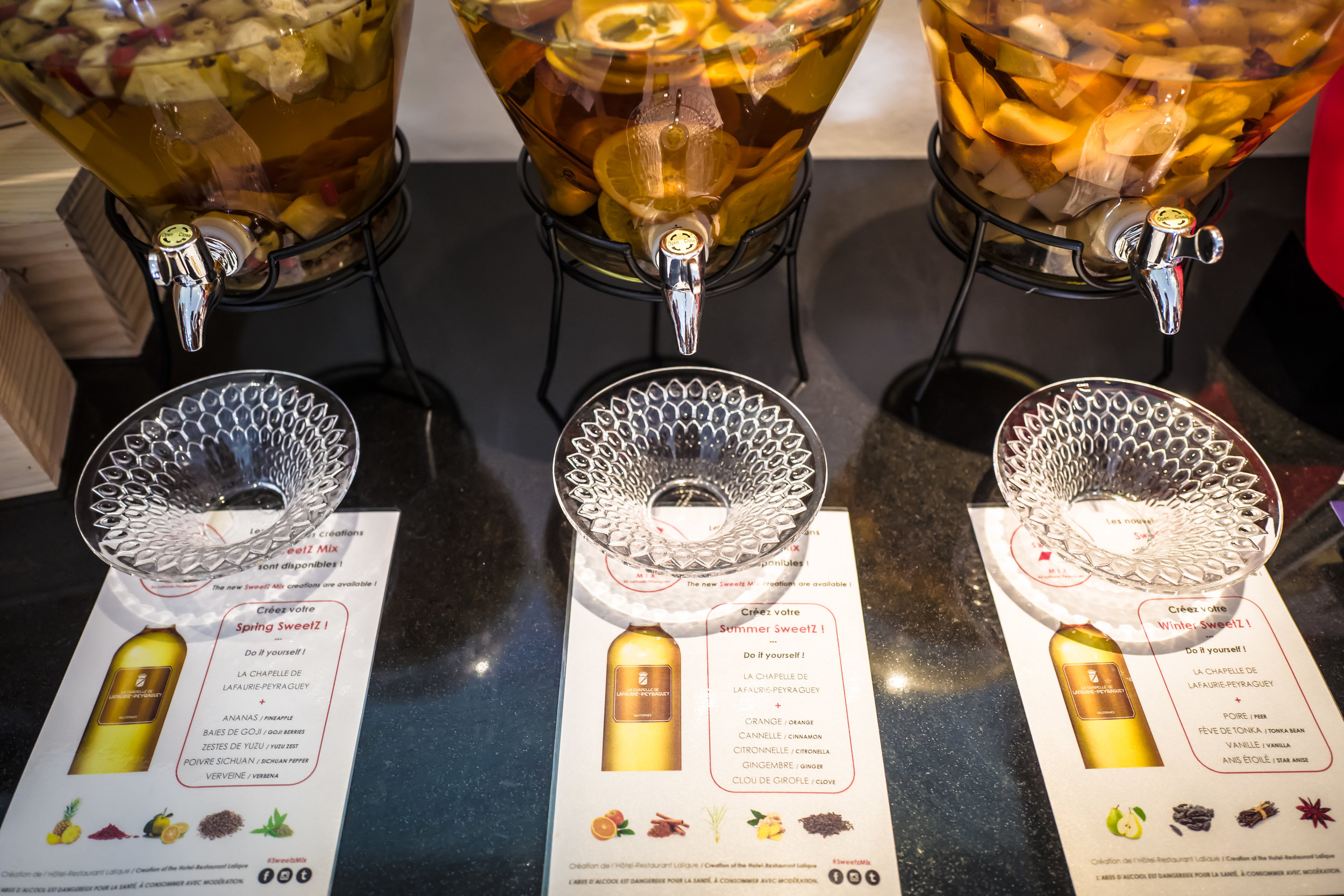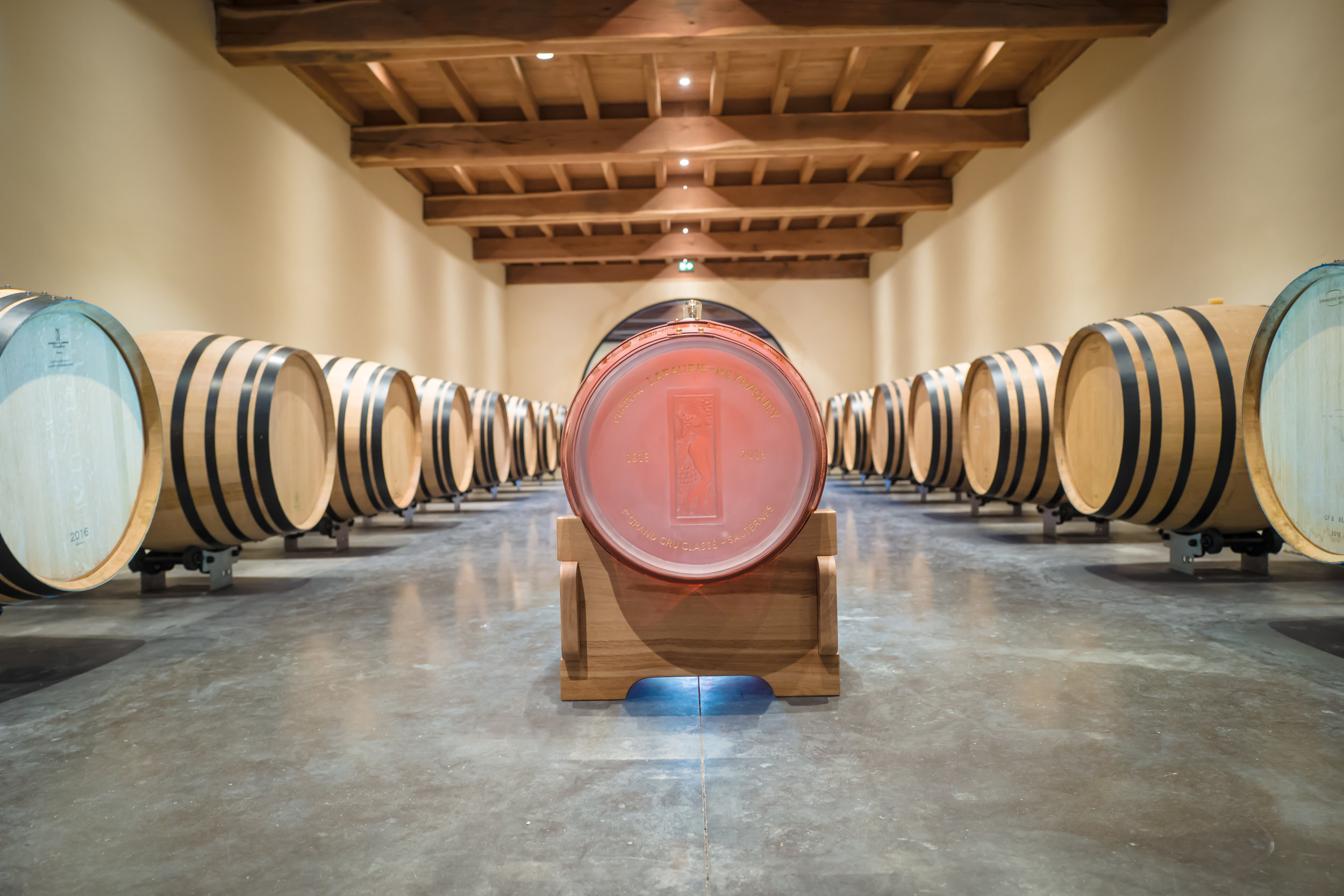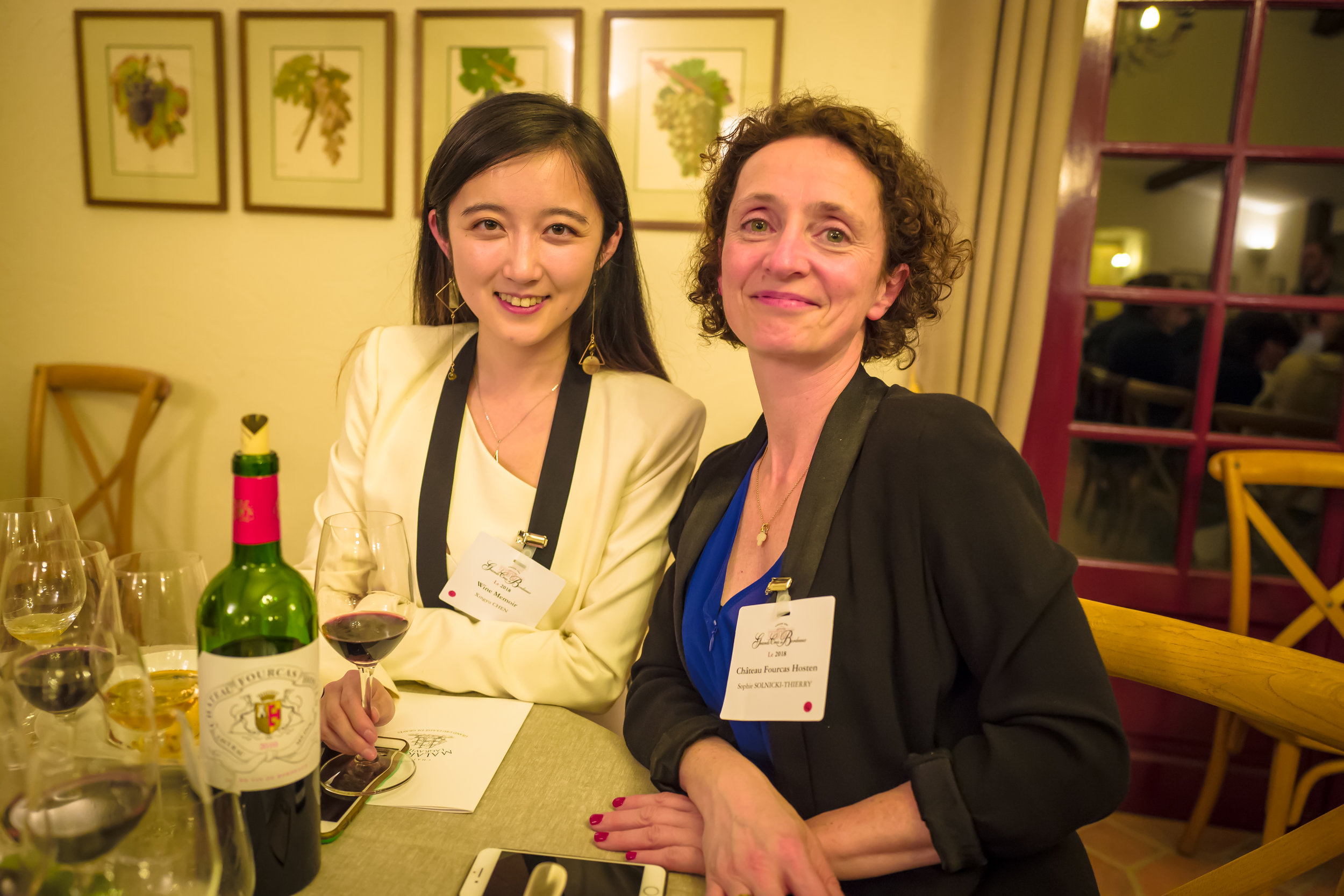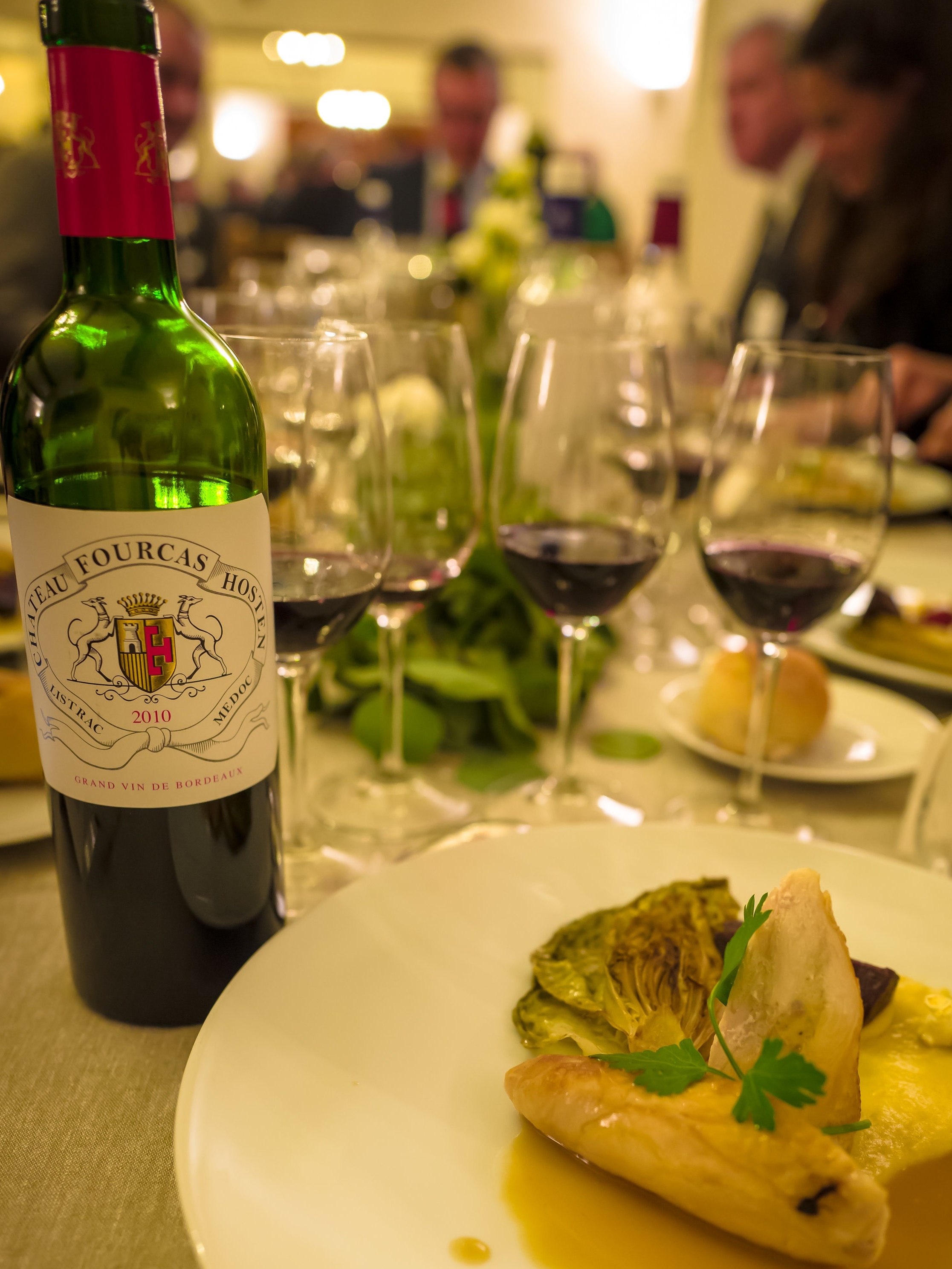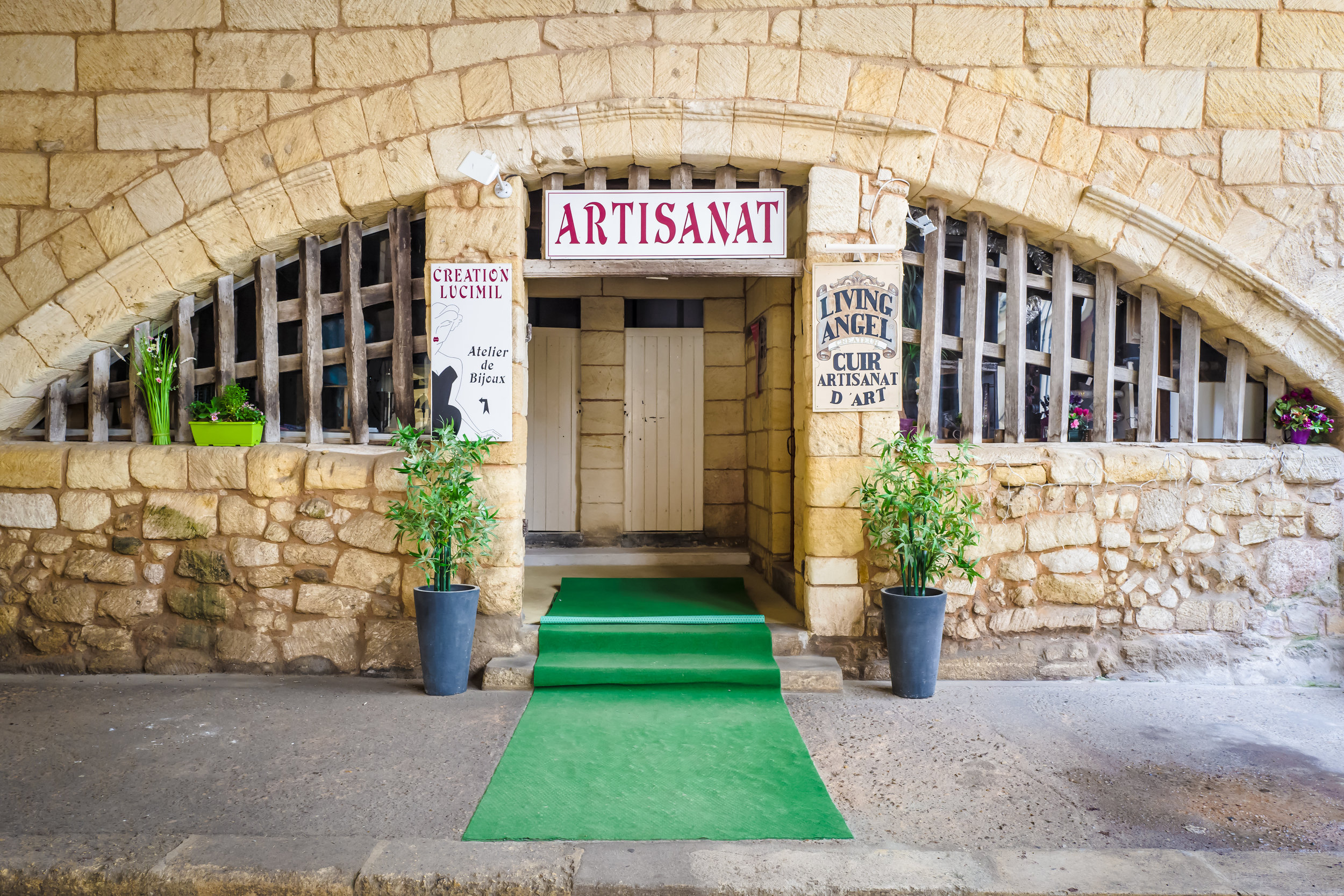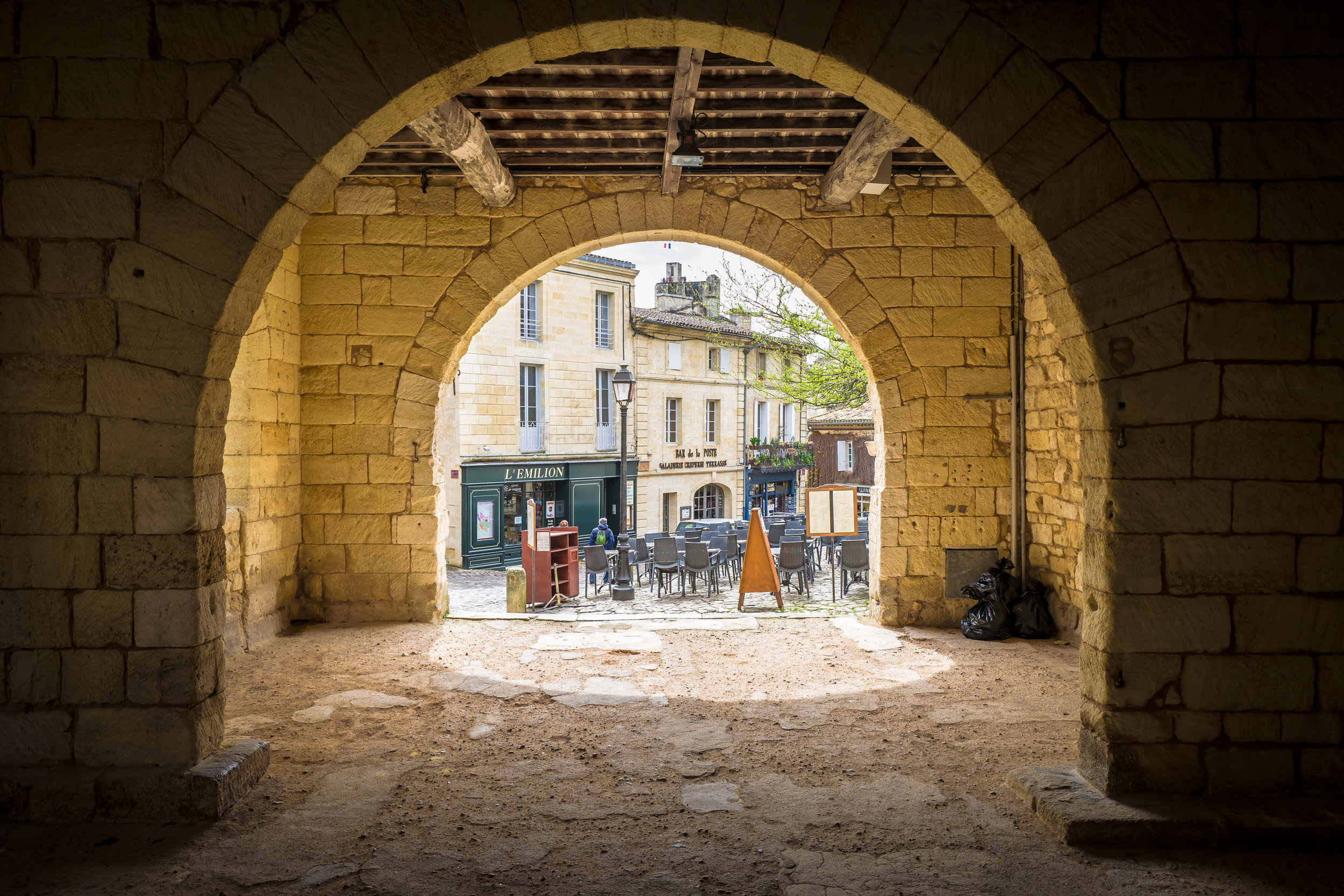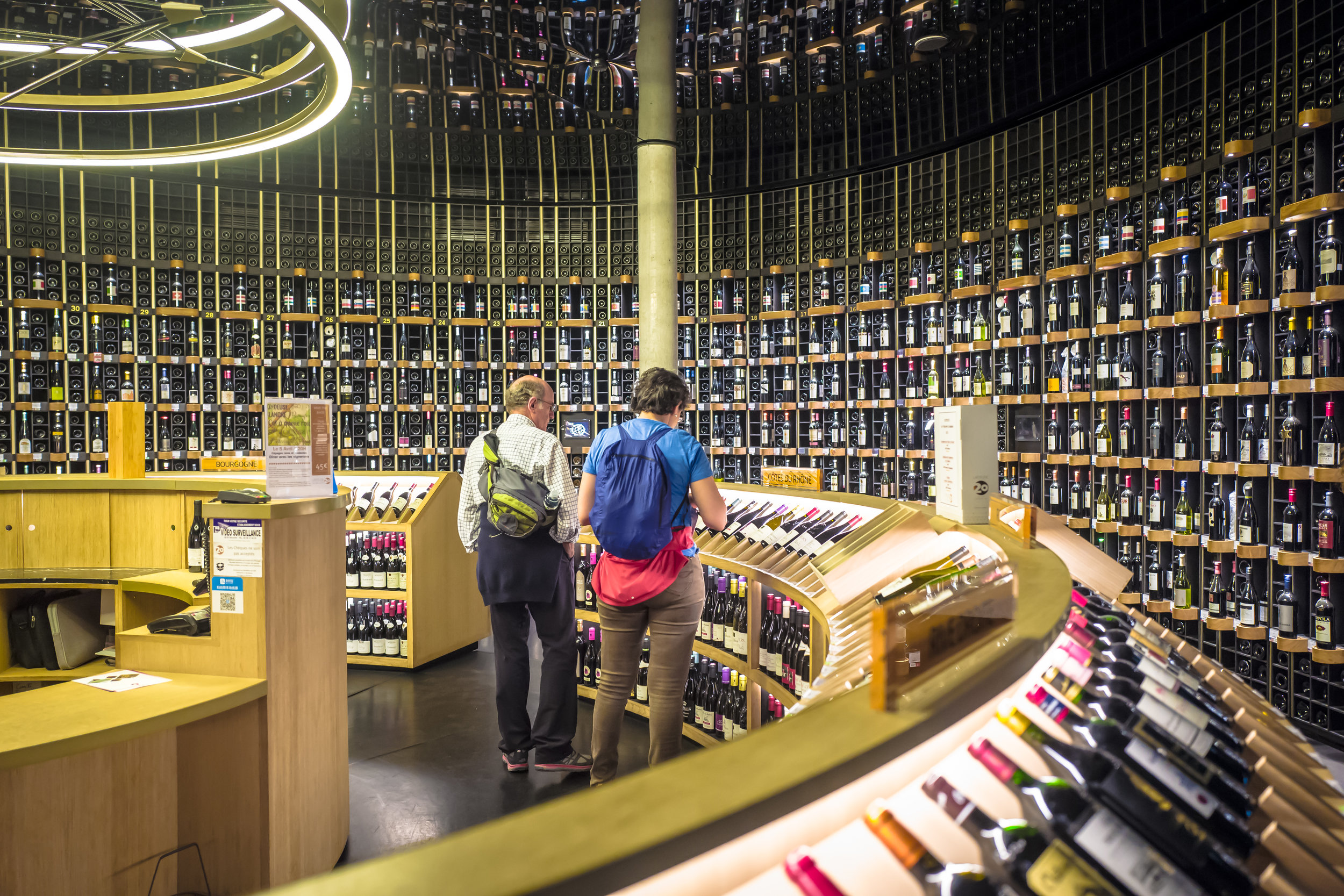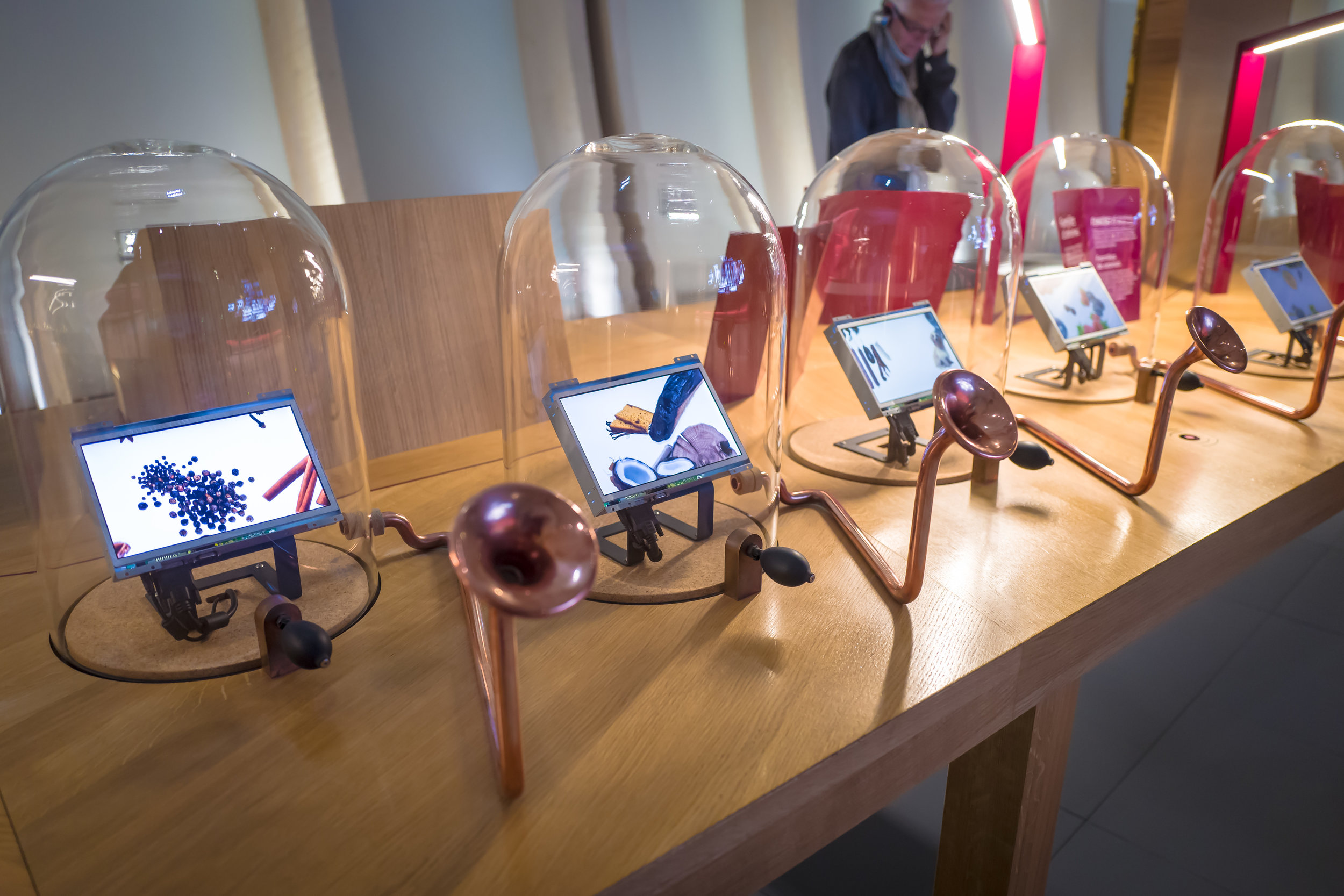Bordeaux Rebirth - A New Look at World's Most Prestigious Wine Region
/Bordeaux, France
Bordeaux’s leading position is hanging in the balance in the wine world lately, with a history of 2000 years behind, dated back to the Roman times when the first vineyards were planted. The mystique veil has been slowly lifted and the millennials barely drink the “grandfather’s” wines - too pricey, too old-schooled, too serious, no fun. Restaurants are also starting to lose their patience (with the exception of French or upscale ones). Bordeaux were gradually retracted from the by-glass wine lists; Bordeaux by bottle is shrinking as well, or at least in the U.S., as consumers don’t find them “trendy” anymore, they’d rather explore new world wines, lesser-known varieties, or natural wines. The once icon, the benchmark, the hallowed Bordeaux, is becoming a second choice.
Bordeaux city view
Stereotype?
Been producing wines for thousands of years, Bordeaux is a must know region, and the first thing you learn when you study wines. Aided by the Judgement of Paris, that has certainly placed the New World, especially California, on the wine map, the global light wine boom has evoked consumers’ adventurous spirit. Wines from Argentina, Israel, Japan, China, Brazil would always make a good story, and drinkers are curious to find out more behind the labels. Bordeaux has become the unfashionable region with the stories outdated from the last century. Price is surprisingly not the primary reason that throws the younger generation off, but pretentiousness is. The fancy, glamorous châteaux might make beautiful pictures, but they reinforce the stereotypes as well - big name, wealthy families with old arrogant guys in charge, who believe their wines are perfect and refuse to listen to feedbacks, and certainly not welcome people who have limited wine knowledge. “It feels like you need to be an expert first before you can appreciate Bordeaux or talk about it” - the comment that won most “likes” when I asked on my Instagram about the first impression people have for Bordeaux.
Château Pichon Baron
Unfair and offensive as they may be, stereotypes are pretty pervasive, the things we hear and learn from other people and the broader society create stereotypes. However, just because something doesn’t sound right today doesn’t mean it exists for no reason. Consumers have these perceptions about Bordeaux because that’s how it branded itself before, and it worked. Nonetheless, the other side should not be overlooked as things evolve. Some of the stereotypes mentioned above are simply not fair, or not anymore. Bordeaux is making every effort it can to sex itself up and get back to the center stage among the younger generations.
Bordeaux Is Listening
I was fortunate enough to join a press trip to Bordeaux during its En Primeur week, and had the opportunity to converse with wine professionals from different backgrounds - châteaux, négociants and press. Bordeaux might not have changed completely overnight, but it is certainly listening.
Négociants
Millesima – Fine Wine Merchant based in Bordeaux since 1983
Négociants have been part of the game for as long as wine is produced in Bordeaux. In the early history, châteaux only focused on vineyards and cellars to craft the best juice they could, while the négociants handled the rest, from bottling to distribution - part of the reason being that a great many owners were from royal families - personally seeing to the sales were unseemly for them. Today, négociants are responsible for distributing the wine to a myriad of wholesalers, importers and merchants from the entire global markets. Many have questioned the system as it puts a huge gap between the producers and consumers, while I personally, still have faith in it. On one hand, everyone has his or her own specialty, hiring professionals to take care of the commercial aspect is the most efficient way and it ensures a healthy cash flow. On the other hand, the role of négociants is being reformed as well.
The whole “no interest to meet end consumers” no longer stand as young people love hearing about what goes on behind the scene. While it is not the strong suit of châteaux to have multi-lingual, international sales team and to keep up with the everyday-is-a-changing digital world, a few insightful négociants stood out and fit into the needs. Some are working hard towards building new markets, the others are establishing innovative niches. More successful is Millésima, founded in 1983 by Patrick Bernard and only focused on Bordeaux fine wines back then, today the selection has been extended to a lot more foreign regions from Italy, Spain, USA to Greece, Argentina, and China. The new management team led by Fabrice Bernard has apparently realized the importance of innovations aside from being a traditional négociant that buys en primeurs, they have adopted various methodologies to get closer to their customers and sell directly to private clients. They launched websites in several languages, opened shops in local markets, and stay highly active on social media. According to the stats in 2018, 75% of their sales came from the Internet with more than 3.5 million visitors, and the social networks brought together more than 142,000 followers and generated 15.2 million impressions.
Today, the best négociants are true partners of châteaux. They are no longer solely an agent who moves stock - they go beyond on brand building, bringing in new value, partnerships, and vision.
Saint-Émilion
Châteaux
Bordeaux is listening, châteaux are on the move. First, the labels! Bordeaux is well known for its, well, un-inducing labels, by which many of us feel intimidated. Although I am against purchasing a bottle for its look, old fashioned design does turn people away. Now that they’ve crafted amazing wines, why package it in an off-the-shelf design? A survey from American Wine Consumer Preferences in 2016, including 1081 American Wine Consumers from 50 States with ~30% millennials, pointed out that near half prefer a modern or even whimsical label. A similar study of Chinese wine buyers also showed an inclination towards “contemporary” design. Again, it is all about connecting with consumers who are looking for designs that speak to them. The new generation of French winemakers and marketing professionals that travel around the world and embrace the trend, are trying to dress the bottle up in a fresh new look. Château Pavie, Château Lafaurie Peyraguey, Art Russe, are all among the march.
Château Lafaurie Peyraguey
The magnificent château of Lafaurie Peyraguey was built as far back as the 13th century, a premier Grand Cru classe located in the heart of the Sauternes region. In 2018 - also its 400th anniversary, it opened a lavish hotel and a michelin-star restaurant at its newly refurbished estate. In fact, ever since Silvio Denz took over in 2014, changes quickly got deployed including a complete renovation of the cellars and wine making facilities. They even created a brand new way to enjoy their wines - Sauternes on the rock! For a bottle that you can’t finish, simply add some orange zest, lemon peel, even cinnamon or star anise, with ice cubes, turning it into either a perfect aperitif or a sweet finish to a light lunch. Being the CEO of the French lifestyle brand Maison Lalique the same time, Silvio also infused art into the wines, starting with the 2013 vintage, a newly introduced label and bottle design was released, with an engraved logo that resembles the Lalique factory, and they are truly exquisite. All these efforts are aimed at offering guests a memorable full Sauternes Château experience - something the “older” generation would probably never bother to think about, or even despise.
Château Fourcas Hosten
I was sitting next to Sophie Thierry, the director of commercial and marketing at Château Fourcas Hosten, at the En Primeur Press Dinner, and she was telling me how the château transitioned into organic practices, and how social media now plays a part in the marketing efforts. Fourcas Hosten is located in the center of Listrac-Médoc, an application that totally deserves more recognition. Here they adopt a balanced ecosystem maintained by preserving biodiversity, enriching the soil with natural materials, planting hedges and reusing the stalks, skins and pips. They hold firm belief in the new energy in its soil brought by the biodynamics that would in turn showcase greater and truer expression from the terroir. Fourcas Hosten is also ahead of the game in utilizing social media platforms. They’ve been creating informational content on Facebook and Instagram, targeting at younger consumers. The good news is, their wines, or wines from Listrac-Médoc in general, are not in the same price league as the bigger names, and the style tends to be approachable at a younger age, which would make a great introduction for those who are not familiar with Bordeaux, and also offers terrific value for money.
Bordeaux In The Digital Era
Whether you like it or not, we are now all living a social media life. As an efficient and enduring way to tie the links between the producers and the end customers, social media platforms have earned great popularity among the marketing professionals. Wine is no exception. Brand awareness is critical in any marketing strategy, and social media plays its role by reaching the targeted audiences through pithy and engaging contents in real time. An online solution MyBalthazar - developed by Balthazar aims to measure visibility and e-reputation for wine professionals - has revealed in an article that a few icons in Bordeaux, such as Château Margaux, Pichon Baron, and Lynch Bages, are now replying on digital and social media. Why do these renowned châteaux even care to compete? You may ask. Well, again, wine is not alone. If you think about the fashion world, the luxury designers such as Chanel (34.2 million followers on Instagram), Gucci (33.5m), Louis Vuitton (31.3m), or the food industry, with Starbucks leading (17.5m), or athletic brands - Nike has 86.7 million of followers! Many brands in various industries have discovered and grasped the opportunities for growth and engaging with consumers through these social platforms, it is now Bordeaux’s turn.
Let’s take a closer look at Instagram. #merlot has 908k posts, #cabernetsauvignon 764k, #bordeauxwine 88.7k, #châteaumargaux 24.4k. These Merlot/Cab/Bordeaux related hashtags on social media have spread the region and its prominent varietals to the younger consumers. These platforms not only help improve brand awareness, but brand stickiness / loyalty as well. To invite customers to the beautiful châteaux for a visit and learn about histories and terroirs, or to strive its way for sales into a new market, there are more powerful tools than ever to fight the battle. We asked before, how could Bordeaux shake off its obsolete image among millennials, we’ve got an answer.
What’s more important, nowadays small artisanal wineries are able to gain a global exposure through social media, without which it would be practically impossible. With no spare funds, small wineries can hardly afford advertisement on the mainstream magazines or a billboard space in Time Square. But thanks to social media, they now have access to the entire world. Consumers that have never heard about these wineries but are willing to explore are waiting to be intrigued by their unique stories, their gorgeous vineyards, and ultimately, their wines.
There are plenty of data to support the claim that social media activities have enjoyed considerable success, especially for the visionary ones who strive to build relations. One long standing problem as an example - the difficulty to track sales back - has also been worked on, and today multiple insights tools can help build the feedback loop. Moreover, engagements(reaches, likes and comments) will eventually be converted into sales. In Bordeaux, it has just started.
Yes, I Am Affirmative
It is said that Bordeaux is not the kind of wine people fall for instantly, I don’t disagree, yet I’d argue it is a wine that takes time and learning worthwhile for you to love. When you keep an open mind you would realize lots of the cliche about Bordeaux are, well, cliche! The extraordinary first growth should not be the reason to scare you off, after all only 61 châteaux were included in the 1855 Classification for producers of red wine. Bordeaux is the largest AOC in France, meaning there are hundreds of crus bourgeois and thousands of estates who are producing affordable but equally high quality wines. And no, you do not have to wait ages to uncork them and enjoy. Top wines from iconic chateaux surely reward cellaring but try look at the other appellations such as Haut-Medoc, Graves, Pessac-Leognan, Listrac-Medoc, where a lot of the wines produced are meant to drink young and also great bargains.
A new wave of young winemakers and vintners are in the driving seats now. These 30-something year-old talented people have studied, trained and traveled outside Bordeaux and are embracing new techniques and innovations home, some are passionate about sustainability, others are dedicated to make wines that can be enjoyed at youth. They respect the traditions but are not tethered to it - they are determined to breathe new life into an old soul.
The city of Bordeaux is also taking on great initiatives and bringing in new excitement. La Cité du Vin is a contemporary museum where wine comes to life through an “immersive, sensorial approach, all set within an evocative architectural design”. It was opened in 2016, giving a different view of wines - terroir table, worlds of wine, metamorphoses of wine, wine portraits, a discovery of aromas and a wine bar! It is such an eye-opening experience around history, wine and culture, I’d say it a must-see during your stay.
Bordeaux has arguably been suffering from an identity crisis and fallen out of favor to some extent, but wine fads come and go, the classics remain, because it has stood the test of time, and because people there are working hard together to shape the future of Bordeaux. So yes, I am affirmative that it will come back around again, or maybe it already has.



